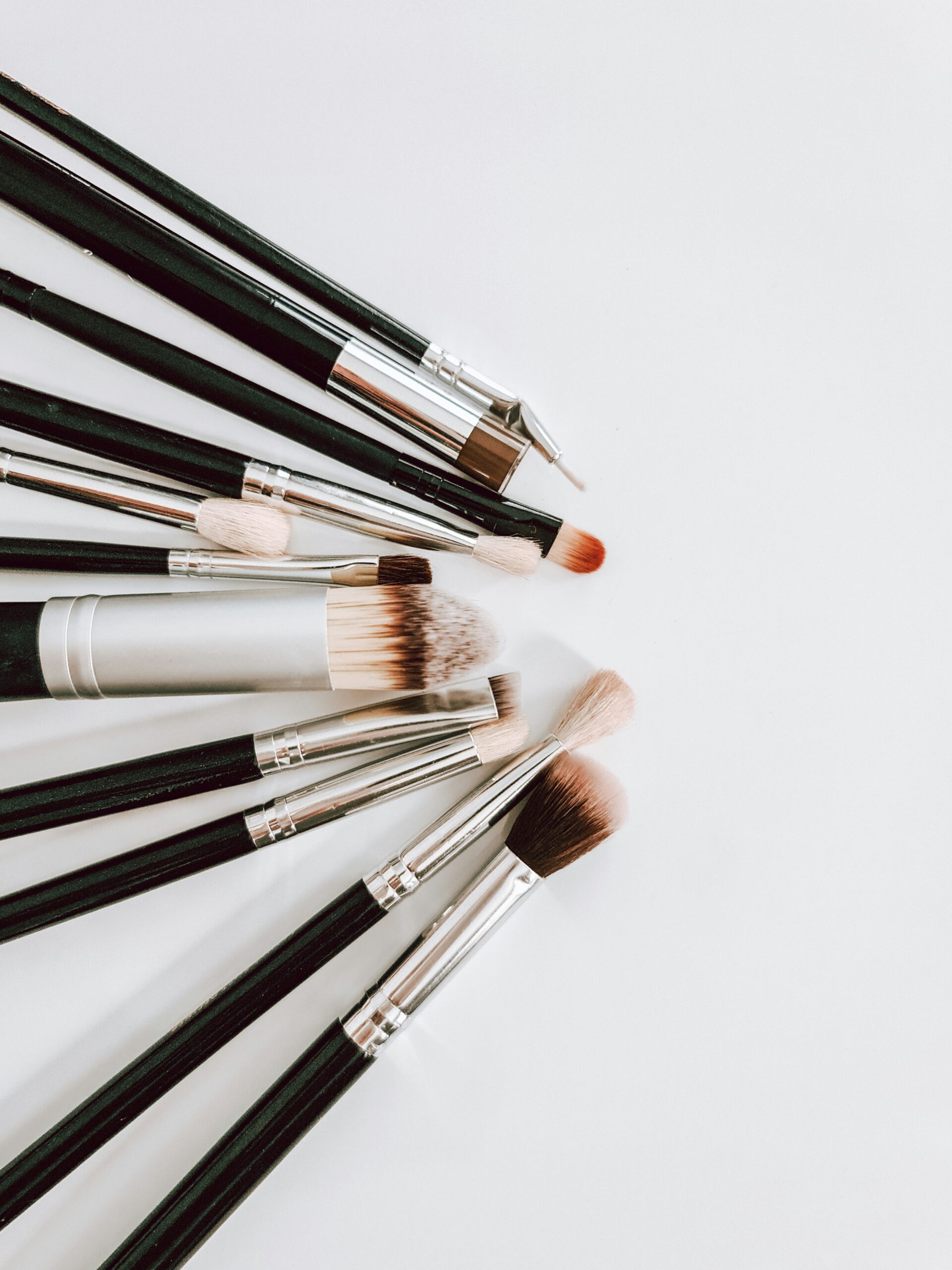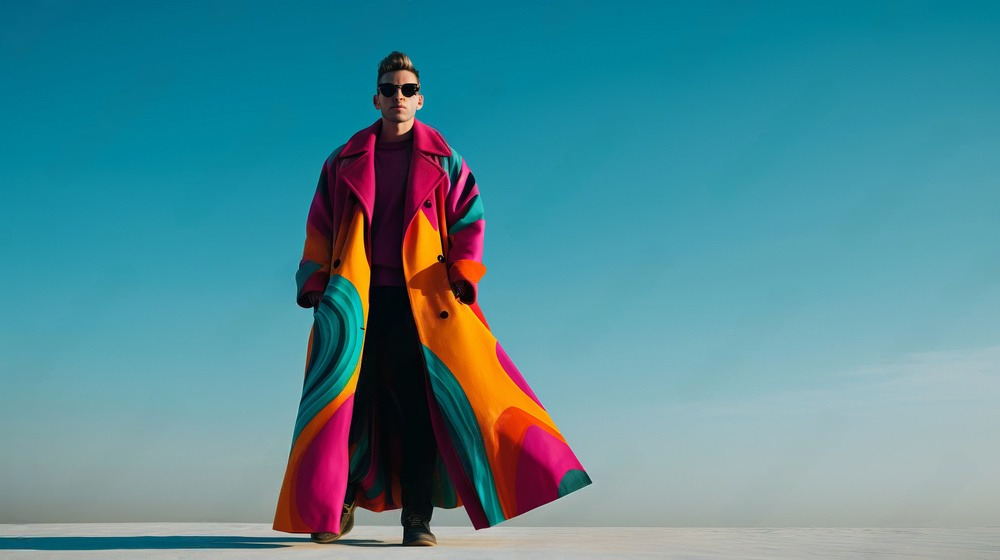This post is about the revolutionary fashion history timeline in style covering the evolution of fashion in the Eastern world. In a world where fashion is a dynamic expression of culture, the Eastern world stands out for its mesmerizing fusion of tradition and trend. From traditional attire adapting to modern contexts to the global influence of Eastern aesthetics, the fashion landscape in the East is a captivating journey through time and style.
Table of Contents
The Mesmerizing Fusion of Tradition and Trend in Eastern World Fashion
Throughout the years, the intricate and colorful traditional garments have mirrored the culture, craftsmanship, and way of life in Eastern societies. While Western fashion was making waves with its clothing and style, fashion in the East has also risen as a tribute to human creativity, cultural interchange, and sartorial statement. However, the East has embraced Western fashion trends over the years, leading to a fascinating fusion of styles. The infusion of Western elements has diversified Eastern fashion and created a unique blend of tradition and modernity.
Unveiling the Silk Road to revolutionary fashion history in China by the Shang and Zhou dynasties
Eastern fashion is deeply rooted in tradition, with garments reflecting cultural histories and values. Traditional attire, with its rich textures and vibrant colors, remains a staple, transcending generations. In ancient China, the rearing of silkworms and the production of silk had reached an advanced level by the Shang dynasty. By the time of the Zhou dynasty, intricate patterns in silk weaving had become highly developed.
Ancient Elegance: Robes of Dynasties
Hanfu of Han Dynasty (206 BCE–220 CE)
By the close of the Han dynasty, China had already pioneered nearly every weaving technique in existence. Chinese fashion can be traced back to this time, with the emergence of the Hanfu as traditional attire. The Hanfu, featuring loose robes with broad sleeves and unique collars, symbolized a seamless fusion of practicality and refinement.
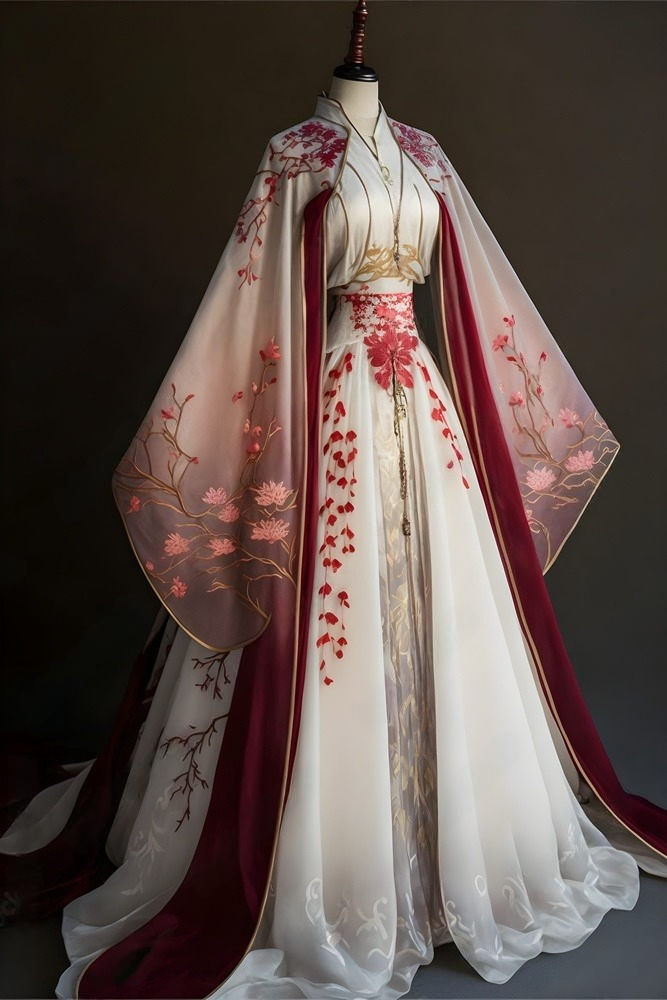
Tang Dynasty’s Silken Splendor (618–907 CE)
The Tang Dynasty represented a period of luxury, with silk symbolizing opulence. Elaborate embroidery, vibrant colors, and graceful silhouettes adorned the flowing robes, reflecting the cosmopolitan and prosperous essence of that era.
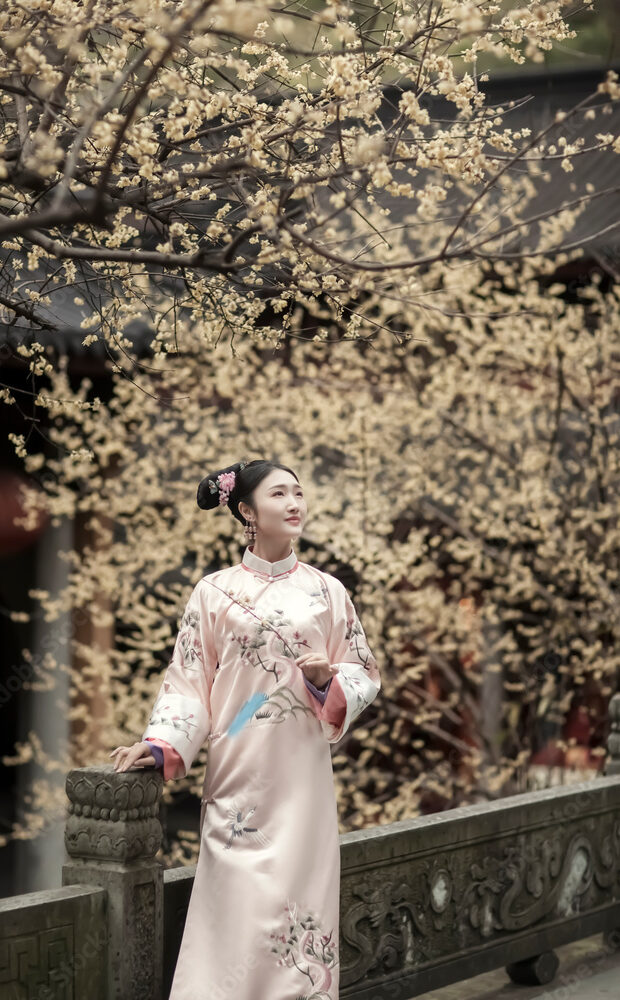
Imperial Grandeur of Ming and Qing Dynasties (1368–1922)
The Ming Dynasty (1368–1644) demonstrated exceptional skill in embroidery and detailed decorations. The imperial robes were adorned with dragon motifs, symbolizing strength and power, while the common people favored garments with understated patterns and natural colors.
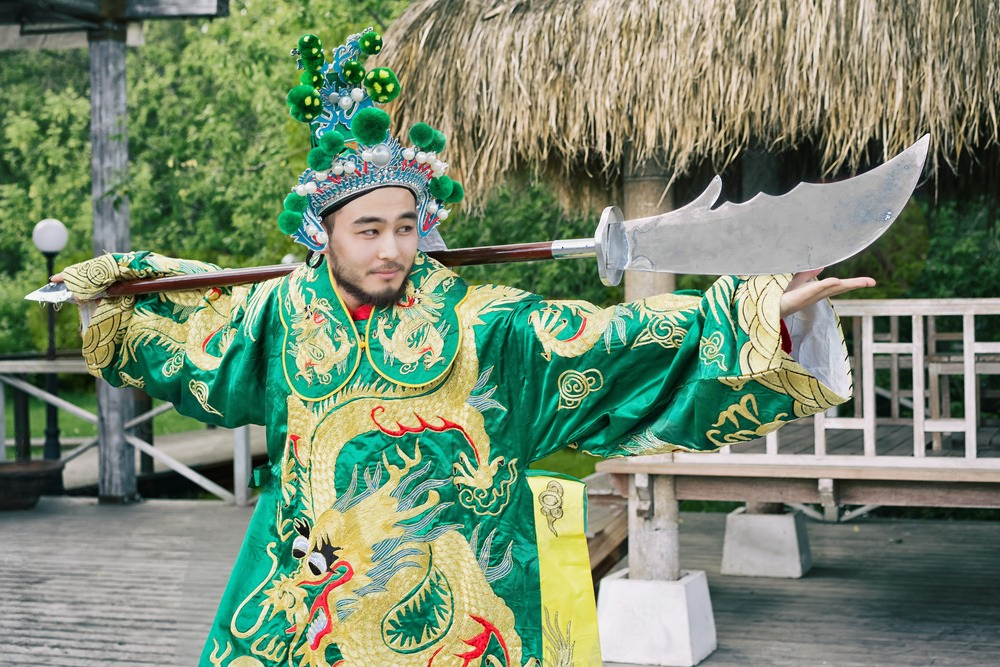
The Qing Dynasty (1644–1911) saw the incorporation of Manchu influences into Chinese fashion. The most formal robes introduced by the Manchus were called “chaofu”, reserved for great state sacrifices and important court functions. Men’s chaofu had a kimono-style upper body with long, fitted sleeves; only women of high rank could wear it. Women’s robes were less voluminous than men’s, cut in straight lines without waist breaks. The iconic qipao emerged as a form-fitting dress with a high neck and side slits that epitomized elegance at that period. The Manchu-style queues, along with elaborate headwear, added distinct elements to this overall aesthetic. China started to look outside its borders for inspiration after the decline of the Qing dynasty in 1912.
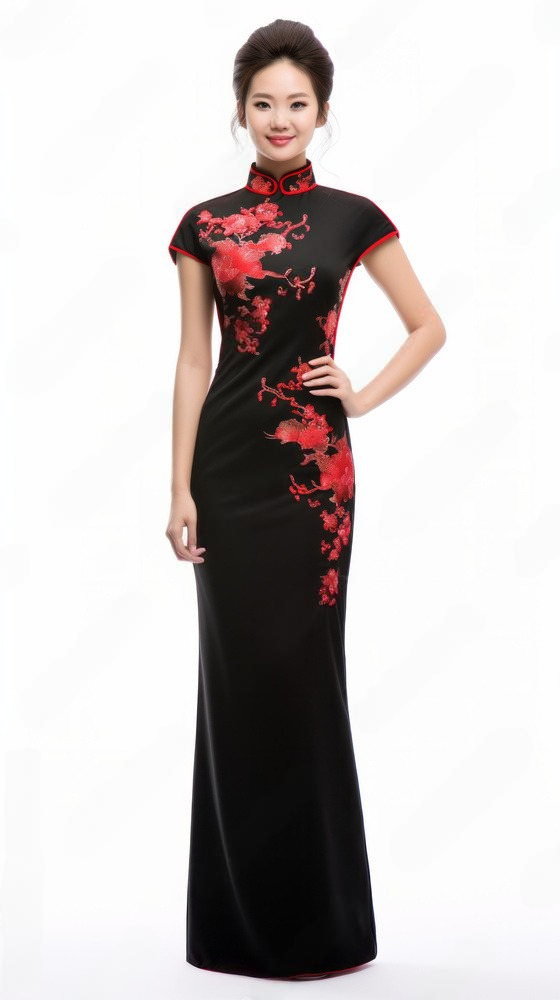
Colonial Impact and Republican Era (1912–1949)
The early 20th century (1912–1949) experienced notable transformations impacted by Western fashion. During the Republican era, traditional Chinese attire was paired with Western-style suits and dresses. By the 1920s, affluent women had embraced a hybrid outfit known as the qipao or cheongsam in the West, signifying a cultural shift blending both Eastern and Western influences.
Revolutionary Attire: 1949 and Beyond
The creation of the People’s Republic of China in 1949 marked a change in fashion. The Mao suit, a gender-neutral military-style jacket, represented socialist uniformity—clothing during this period prioritized functionality and a feeling of equality.
Opening Up: Late 20th Century to Present
The latter part of the 20th century saw a rise in economic reforms and an increased embrace of global influences. This era also marked a shift where traditional Chinese elements started to blend with modern fashion as designers ventured into combining Eastern and Western styles. Present-day China has become a hub for fashion innovation, with designers drawing inspiration from ancient Chinese designs, materials, and skills while incorporating contemporary shapes. Globally, Chinese creators are gaining prominence for seamlessly merging cultural traditions with avant-garde concepts on the fashion scene.
Cultural Symbolism: Color, Accessories, and Symbolic Motifs
Colors in Chinese fashion carry profound symbolism. Red represents good luck and happiness, while yellow is associated with the emperor. Traditional garments often feature intricate embroidery depicting symbols of prosperity and longevity. Accessories such as jade, silk fans, and hair ornaments play a crucial role in Chinese fashion, carrying cultural and symbolic significance. Motifs like dragons, phoenixes, and peonies are often featured, each with its own representation in Chinese mythology.
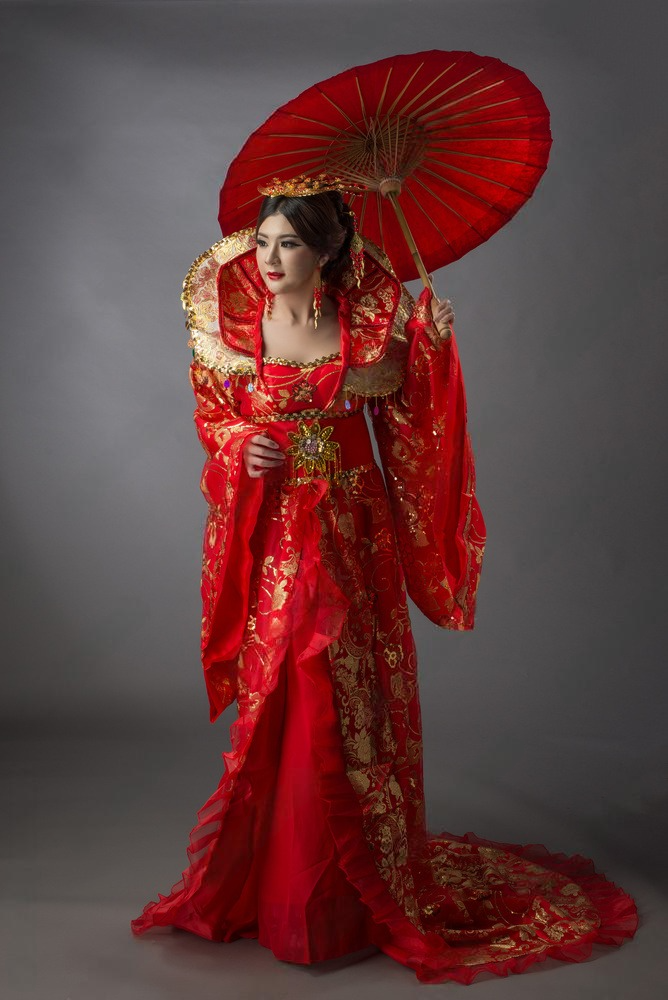
Chinese fashion stands not only as a reflection of clothing trends but as a living canvas portraying the nation’s rich cultural heritage, resilience, and innovation.
Timeless Elegance: Traditional and Modern fusion of fashion in Japan
Kimono & Hakama: Symbol of Tradition and Samurai Influence
With a rich cultural heritage and deep appreciation for aesthetics, Japan has nurtured a distinct and ever-evolving fashion legacy that masterfully intertwines tradition with ingenuity. The iconic Japanese traditional garment, the kimono, has graced both ancient and contemporary settings. Originating in the Heian period (794–1185), it features timeless T-shaped sleeves and is cinched with an obi sash. Its vibrant colors and elaborate designs often mirror seasonal variations and cultural significance.
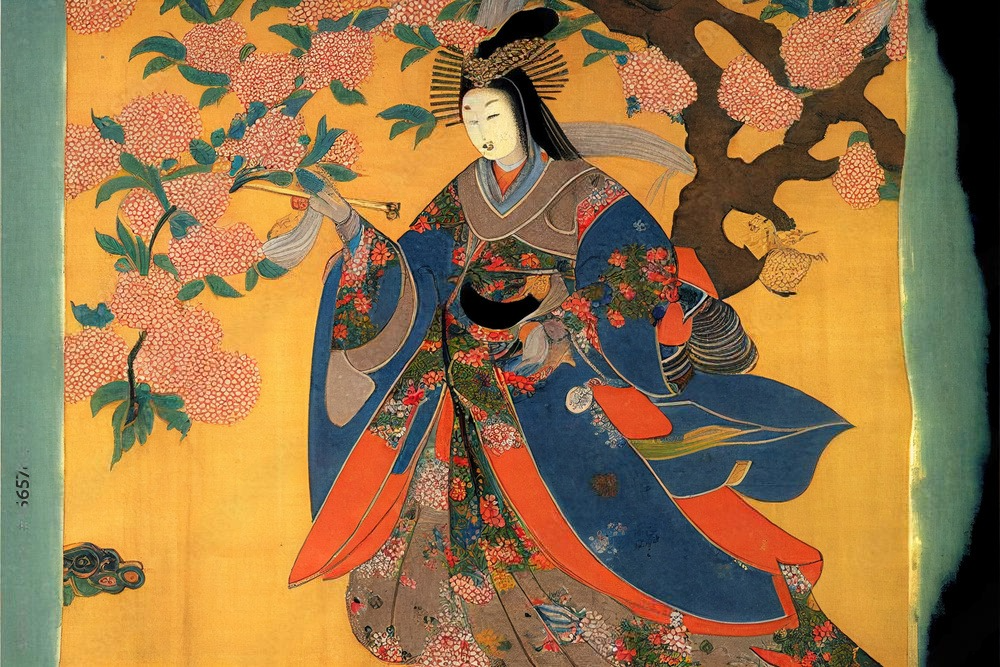
During feudal times, the samurai class profoundly influenced Japanese fashion. The wide-legged hakama trousers became emblematic of samurai attire, symbolizing status and martial prowess. Today, hakama is donned during ceremonial occasions as well as in martial arts practices.
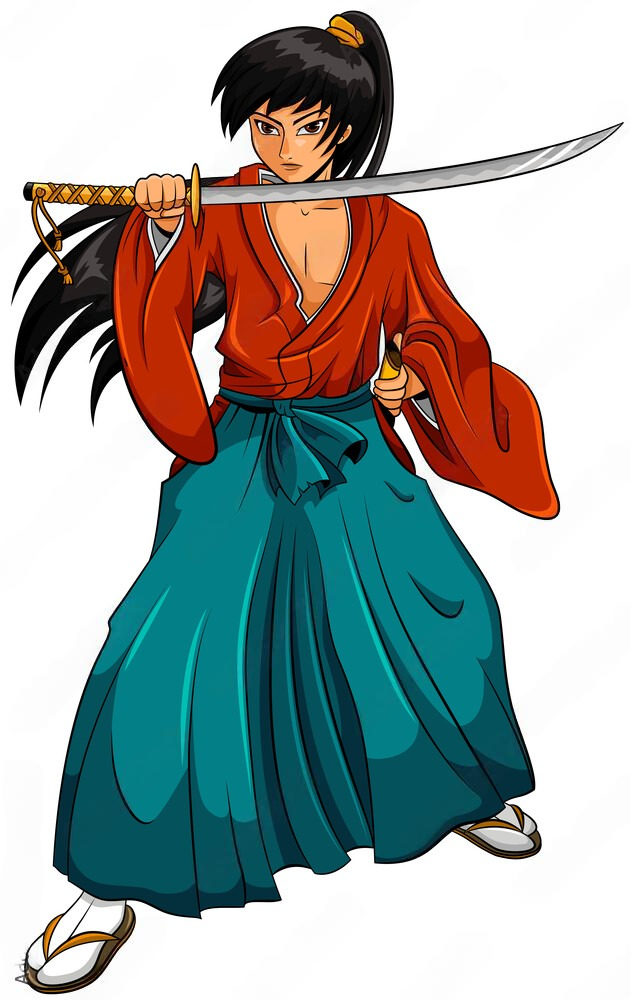
Cultural Exchange: Nara period (710–784) & Edo Period (1603–1868)
During the Nara era, traditional Chinese court attire was adopted by Japanese court circles. The sokutai of the emperor and jūni-hitoe of the empress are crucial court costumes reserved for coronations and significant ceremonial events.

In the Edo period, sumptuary laws were introduced to determine clothing based on social status, with fabrics, colors, and styles serving as symbols of one’s societal position. The aesthetic elegance during this time impacted not only formal garments but also everyday apparel.
Modernization and Western Influences: Meiji Era (1868–1922) & Taisho and Showa Eras (1912–1989)
The Meiji period was a time of significant change in Japanese history, bringing an end to feudalism and welcoming modernization. The adoption of Western attire and military-style uniforms reflected Japan’s movement towards a more global fashion scene.
In the early 20th century, there was a merging of traditional and Western fashions. During the Taisho era, there was an embrace of shorter hemlines and looser fits, expressing a shift away from strict Victorian standards. The Showa era saw changes in kimono styles as well as the introduction of key elements from Western fashion.

Post-War Resurgence and Global Recognition
In the decades following World War II, Japan witnessed a remarkable economic revival and a flourishing of its cultural landscape. While Western influences persisted, Japanese designers began to gain widespread international recognition. This era was marked by a distinctive fusion of traditional craftsmanship and contemporary design sensibilities, giving rise to an innovative blend of fashion styles.
Notably, avant-garde designers such as Rei Kawakubo and Yohji Yamamoto rose to prominence with their unconventional and asymmetrical creations that defied established beauty standards, garnering international praise and sparking a fresh phase in Japanese fashion.
Contemporary Elegance: Street Fashion and Subcultures
Japanese street fashion encompasses an eclectic range of vibrant subcultures, such as the avant-garde Harajuku fashion, the elegant Lolita aesthetic, and the visually striking visual kei. These diverse fashion communities allow Japanese youth to creatively express their individuality through their clothing and appearance.
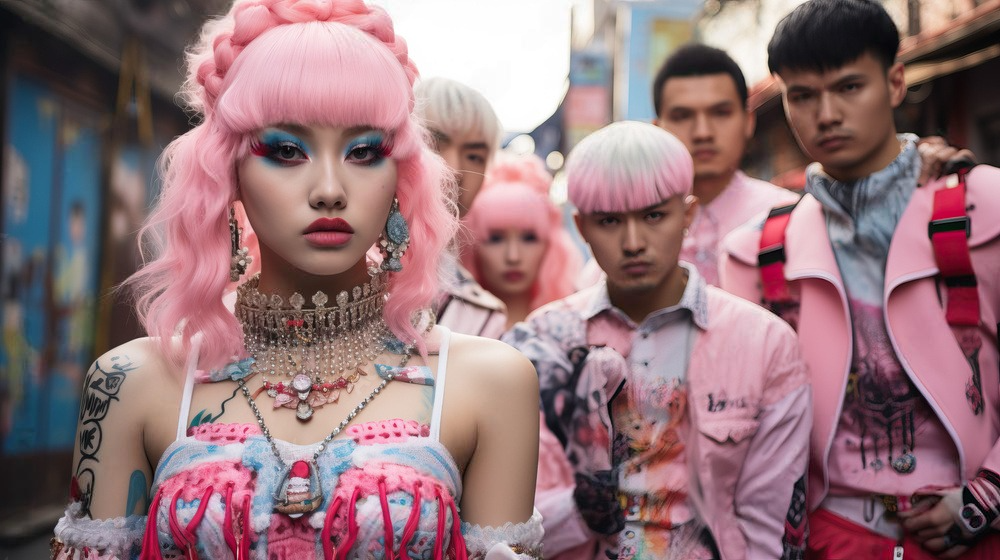
The yukata, originally designed for wear at home after a bath with stencil-dyed patterns in shades of indigo, has evolved to become acceptable streetwear on warm summer evenings.
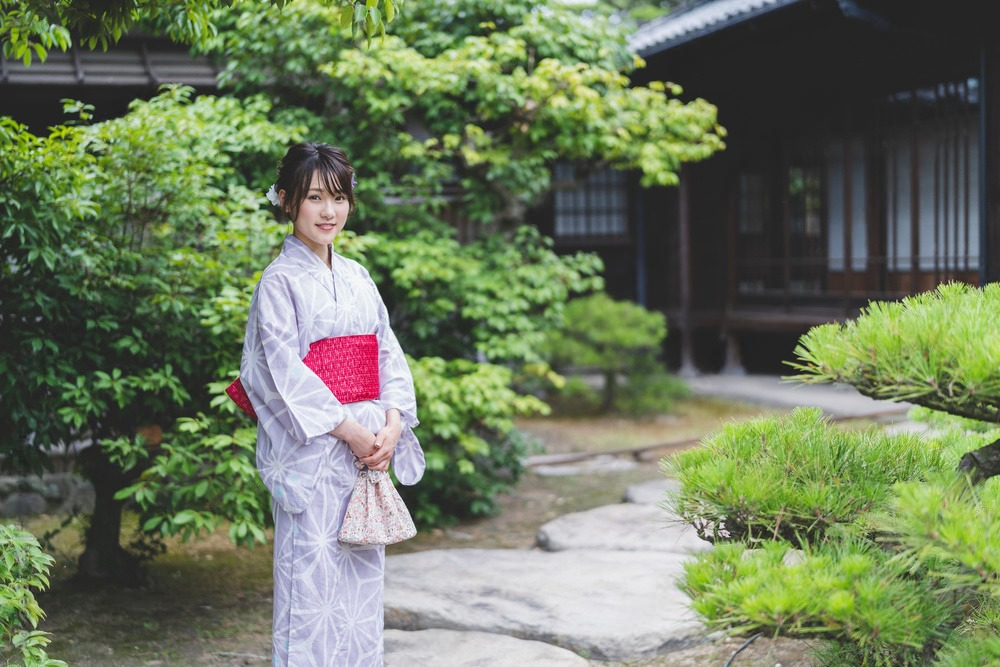
Additionally, traditional Japanese footwear includes sandals, slippers, wooden clogs (geta), and tabi socks, showcasing Japan’s ability to seamlessly blend tradition with innovation, from traditional kimono elegance to contemporary designer expressions.
Hanbok to Hallyu: Tracing the Rich Fashion History of Korean
Korean fashion, with its rich ties to heritage and a strong penchant for originality, reveals itself as a captivating story that stretches across ages. From the graceful drapes of the hanbok to the worldwide impact of modern K-fashion, the saga of Korean fashion is an enthralling exploration through cultural subtleties, societal progress, and artistic ingenuity.
Origins of the Hanbok
The hanbok, a symbol of Korean traditional attire, has a long history dating back over a thousand years. Originating from the Goguryeo and Joseon dynasties, it includes unique components such as the jeogori (jacket), baji (pants or skirt), and the voluminous chima (skirt) for women or baggy pants for men.

Social Changes and Fashion Evolution
One-piece robes were not embraced in Korea until the late 13th century, when the court had to adopt Mongol attire. After Mongol rule ended in 1364, Koreans only wore the one-piece robe during wedding ceremonies. During the Joseon Dynasty (1392–1901), Korean fashion was significantly influenced by Confucian values. Clothing visually represented social hierarchy, with sumptuary laws governing the colors, fabrics, and accessories allowed for people of different classes to wear. In the 15th century, Korean women started wearing pleated skirts (chima) and longer chŏgori, a style that was likely introduced in China.
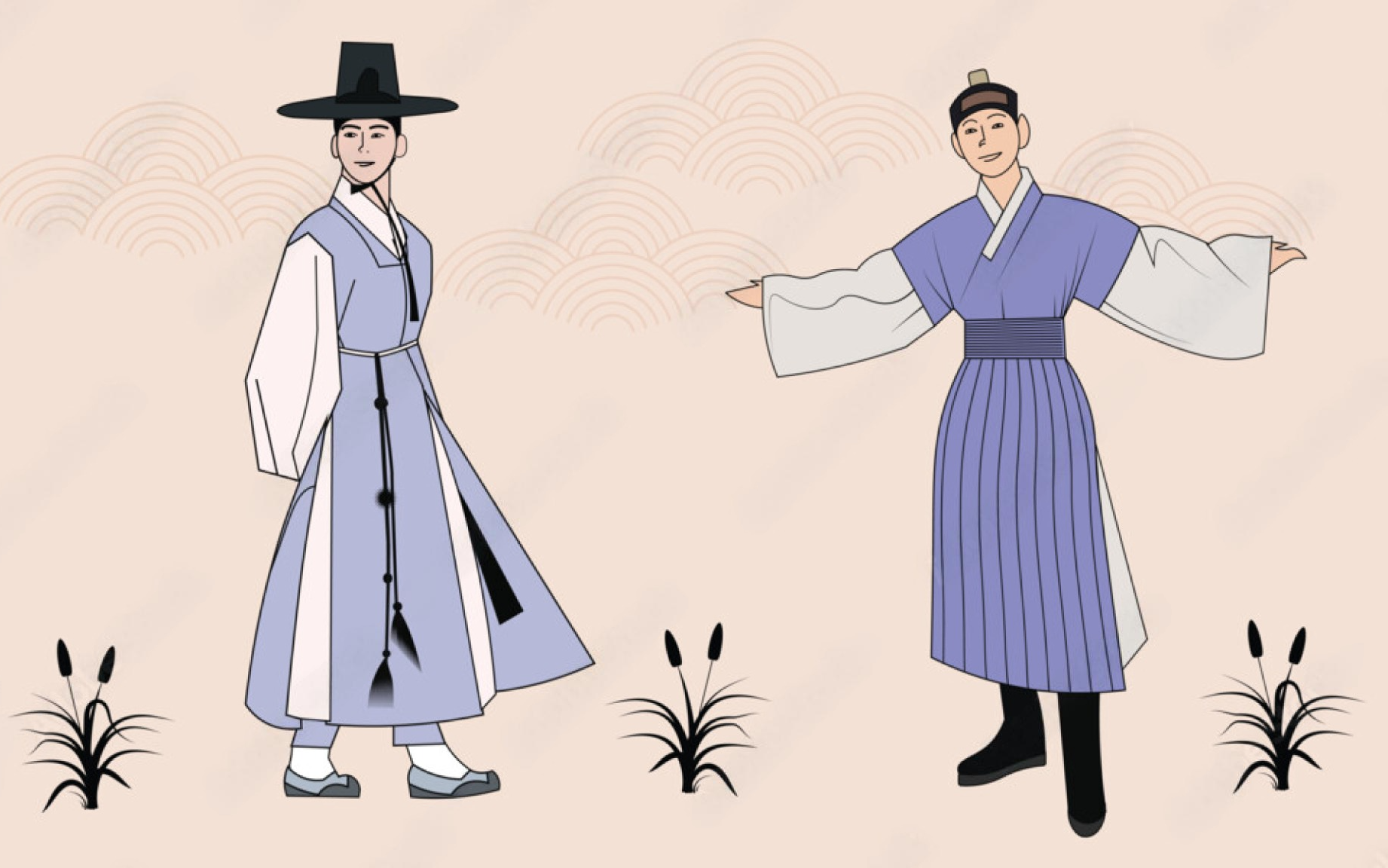
Modernization and Western Influences
During the late 19th and early 20th centuries, Korea experienced swift modernization and Westernization. This period saw a coexistence of traditional attire with Western-style clothing under the Korean Empire and during the Japanese occupation (1910–1945), reflecting significant societal changes.
Hanbok in Post-War South Korea
In the aftermath of the Korean War (1950–1953), South Korea experienced an economic resurgence that had a significant influence on the fashion industry. The traditional Hanbok garment was modified to better align with contemporary lifestyles, incorporating simpler designs and more lightweight materials. The updated version of the hanbok sought to preserve the cultural heritage while also catering to the needs and preferences of modern Korean society.
Hallyu Wave and Global Impact
K-drama and K-pop fashion
During the late 20th century, the rise of Korean entertainment, commonly referred to as the “Hallyu wave,” captivated global audiences. The fashion preferences of prominent Korean actors and K-pop icons began influencing trends worldwide. This unique fusion of traditional and contemporary styles became a defining characteristic of Korean fashion.
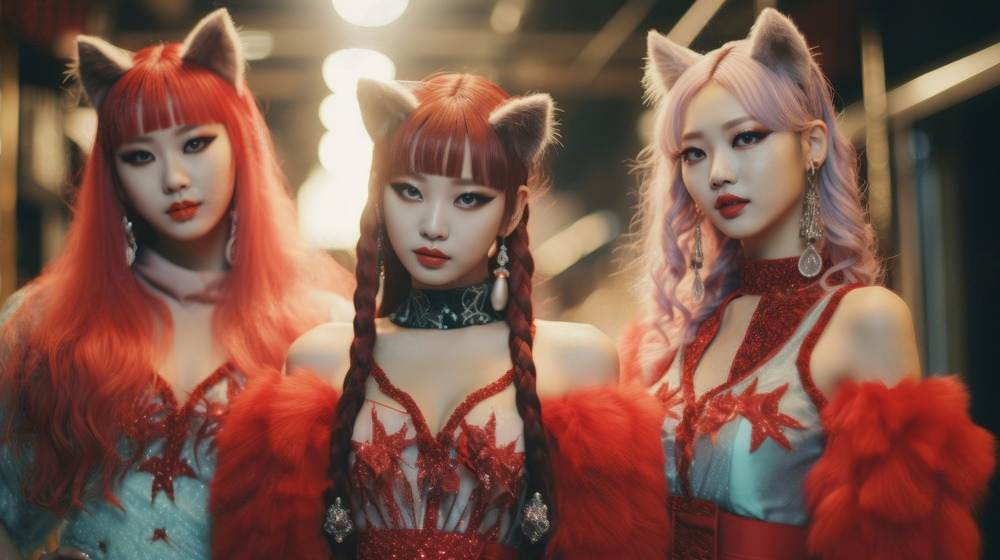
Street Fashion and Youth Culture
Seoul, the dynamic capital of South Korea, has risen as a global fashion center. Street fashion and youth culture in areas like Myeongdong and Hongdae display diverse styles that mix international trends with distinctive Korean charm.
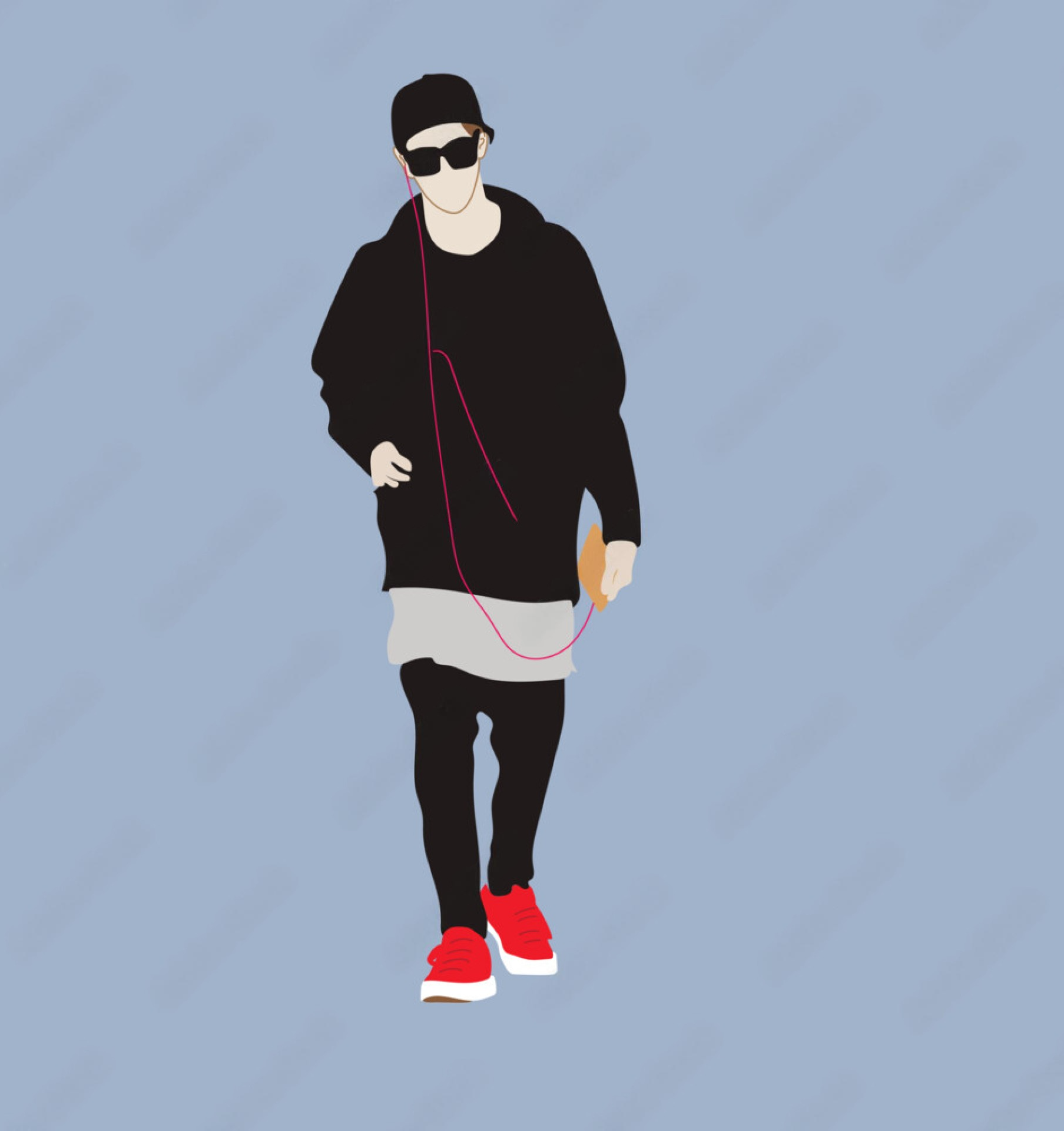
K-Fashion Designers and Brands
Korean fashion designers have earned global acclaim, with brands such as Jardin de Chouette, Blindness, and Rejina Pyo being lauded for their creative designs that skillfully fuse traditional Korean influences with contemporary global trends.
Traditional Roots in Contemporary Designs: Minimalism and Modern Silhouettes
In recent times, there has been a renewed fascination with classic Korean attire. Modern designers frequently integrate hanbok features into their designs, paying tribute to tradition while exploring new frontiers of creativity. Korean fashion is celebrated for its simple elegance and focus on contemporary cuts. Streamlined shapes, understated hues, and an emphasis on practicality characterize numerous modern Korean creations that showcase a harmonious blend of heritage and innovation.
Ancient Elegance: Drapes and Embellishments in South Asian Fashion History
South Asia, a kaleidoscope of cultures and traditions, boasts a fashion history as diverse and vibrant as the region itself. From the intricate drapes of sarees to the majestic allure of sherwanis, the sartorial journey through South Asian fashion unfolds as a captivating narrative of heritage, craftsmanship, and evolving styles.
Indus Valley Civilization (3300–1300 BCE)
The roots of South Asian fashion can be traced back to the Indus Valley Civilization, where evidence suggests the use of draped garments and intricate jewelry. The civilization’s sophisticated craftsmanship laid the foundation for the region’s rich textile traditions.

Maurya and Gupta Empires (322 BCE – 550 CE)
During the Maurya and Gupta periods, South Asian attire evolved. Men and women adorned themselves in unstitched garments, with men wearing dhotis and uttariyas, while women draped saree-like garments. Embellishments, including gold and precious stones, showcased a penchant for opulence.
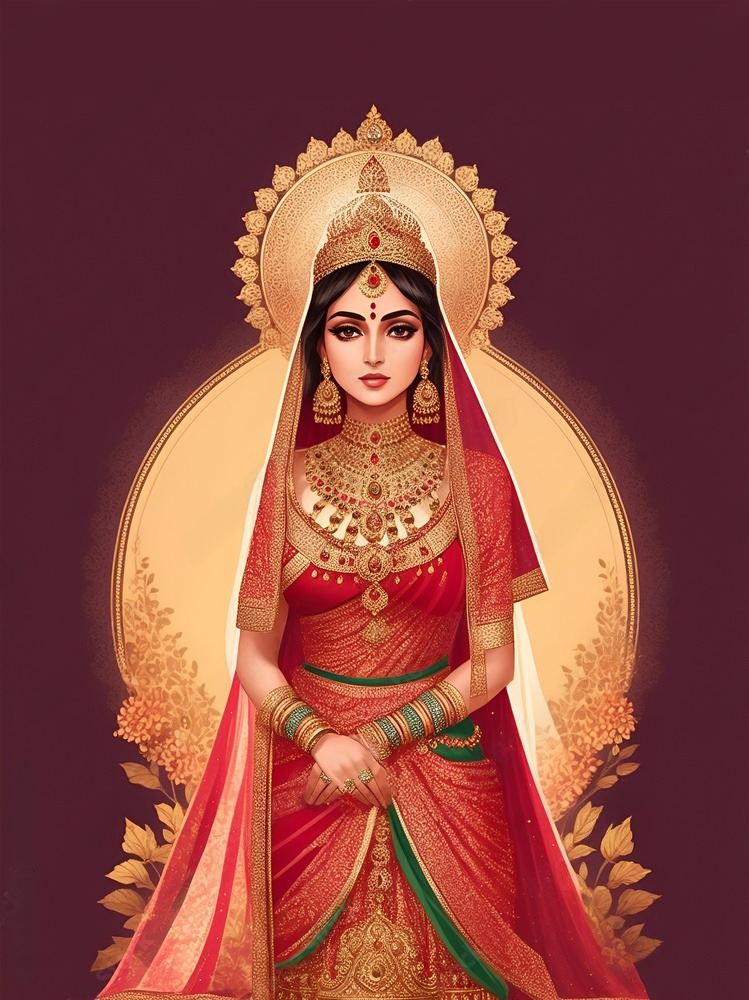
Medieval Marvels: Mughal Influences
Mughal Empire (1526–1857)
The Mughal era stands as a golden age in South Asian fashion history. The Mughal emperors and empresses were patrons of the arts, influencing clothing styles.
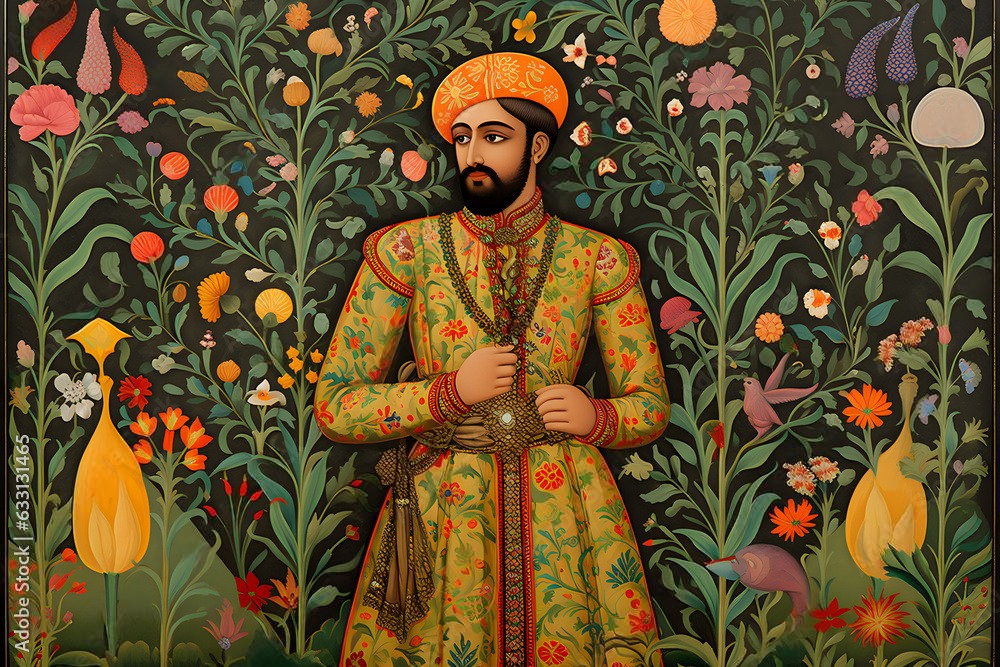
The flowing Anarkali suits, intricately embroidered saris, and the introduction of the royal Mughal turban showcased a fusion of Persian and Indian aesthetics.

Colonial Encounter: British Raj and Beyond
British Colonial Period (1858–1947)
The colonial period brought about a confluence of Western and South Asian fashion. Traditional attire coexisted with Victorian-inspired dresses, and the sherwani, an elegant coat-like garment, gained popularity. The influences of the British Raj left an indelible mark on clothing styles during this era.
Post-Independence Resurgence
1950s to 1970s
Post-independence, South Asian fashion saw a resurgence of traditional attire. The six yards of elegance, the saree, continued to be a symbol of grace. In men’s fashion, the Nehru jacket became a signature piece, reflecting a fusion of traditional and modern influences.
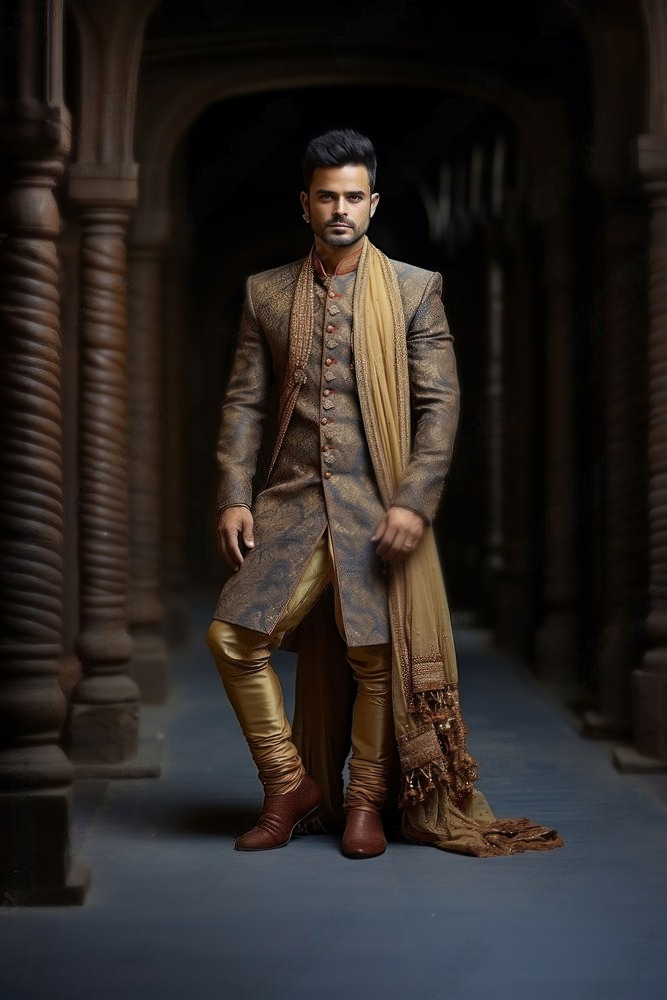
Contemporary Renaissance: Fusion and Globalization
Late 20th Century Onwards
The latter part of the 20th century witnessed a fusion of traditional South Asian attire with global influences. Designers like Manish Malhotra and Sabyasachi Mukherjee gained international acclaim for seamlessly blending traditional craftsmanship with contemporary styles.
Global Impact of Bollywood
Bollywood, the Indian film industry, became a global cultural phenomenon. The extravagant costumes worn by actors in Bollywood films influenced fashion trends not only in South Asia but also globally. Bollywood’s impact on South Asian fashion became synonymous with glamour and grandeur.
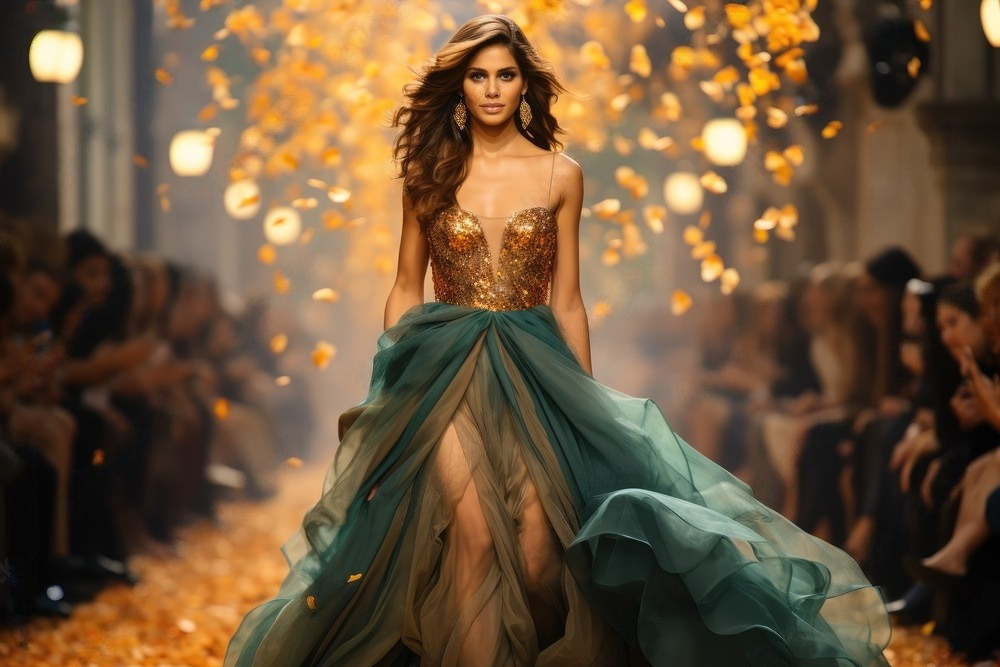
Diverse Styles: Regional Influences
North India
In North India, the majestic sherwani and the intricately embroidered lehenga-choli are iconic. The region’s textiles, including Banarasi silk and intricate zardozi work, showcase a rich tradition of craftsmanship.
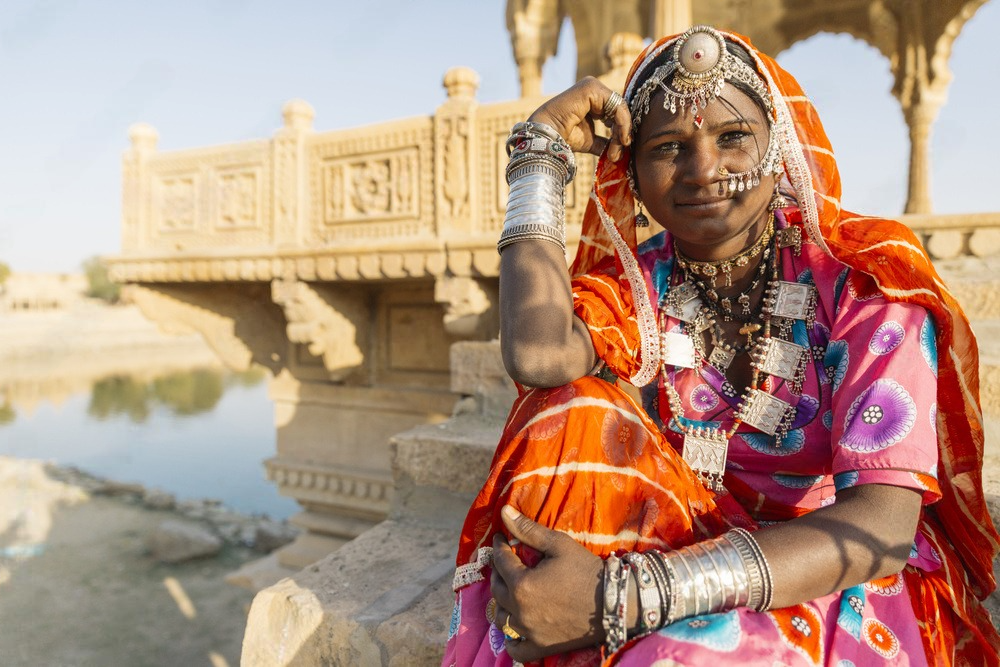
South India
The traditional attire in South India often includes the Kanjeevaram silk saree for women and the veshti for men. Temple jewelry and vibrant colors are distinctive features of South Indian fashion.
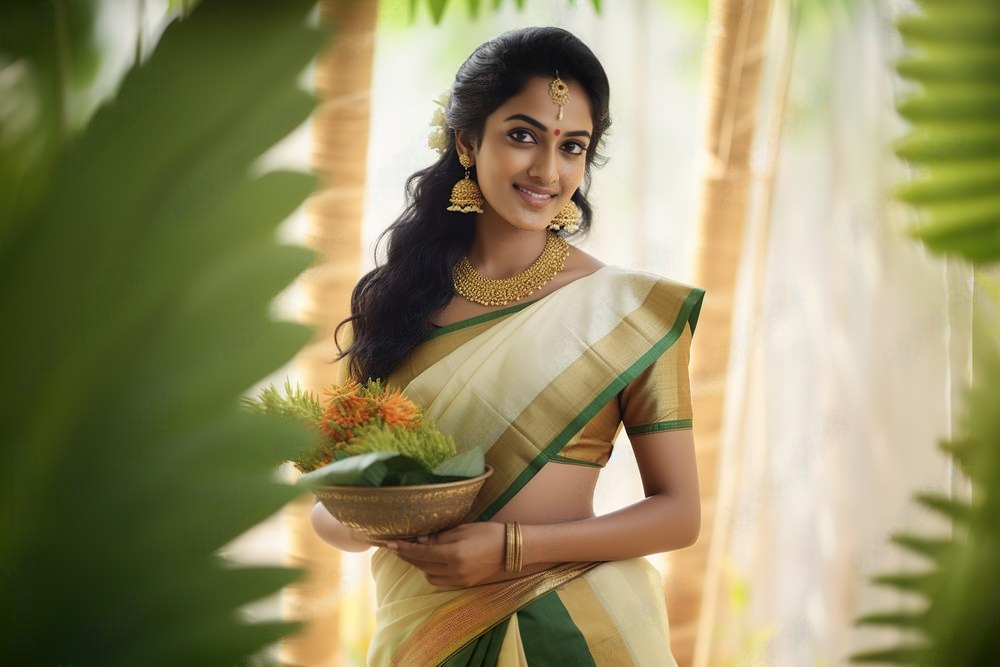
East India
The region embraces vibrant gamcha sarees, dhotis, and the traditional Bengali saree draping style. The use of kantha embroidery and woven textiles reflects the cultural heritage of East India.

West India
The colorful and mirror-work-adorned Ghagra-choli and the Bandhani sarees are prominent in the fashion tapestry of West India. The region’s fashion is a celebration of vibrant colors and intricate craftsmanship.

Modern Trends: Bridging Tradition and Innovation
Sustainable Fashion
In recent years, there has been a growing emphasis on sustainable and eco-friendly fashion. Designers are incorporating traditional weaving techniques and organic fabrics, aligning with global efforts for a more sustainable industry.
Fusion Wear
Contemporary South Asian fashion often explores fusion wear, combining traditional elements with modern silhouettes. Indo-Western outfits, such as palazzo suits and dhoti pants paired with crop tops, reflect the evolving tastes of the modern South Asian fashion enthusiast.
Cultural Significance: Beyond Aesthetics
Symbolism in Colors and Motifs
Colors and motifs in South Asian fashion carry cultural and symbolic significance. Red, for example, symbolizes prosperity and fertility, while peacock motifs represent grace and beauty.
Bridal Attire
South Asian bridal attire is a masterpiece of craftsmanship and tradition. Intricate embroidery, gold embellishments, and vibrant colors adorn bridal wear, making it a visual representation of cultural richness and festivity. Overall, South Asian fashion is a narrative that speaks of a vibrant cultural heritage, a harmonious blend of tradition and innovation, and a timeless elegance that transcends borders and generations.
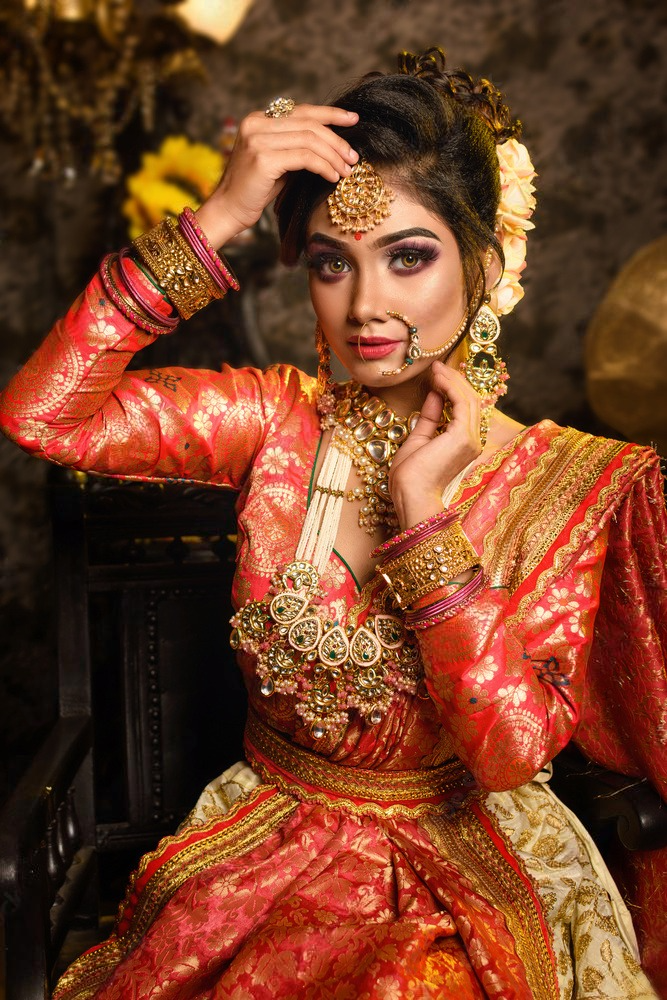
The future of Eastern fashion is full of exciting potential, with advancements in design, materials, and sustainable practices set to transform the industry. This will push boundaries and redefine traditional norms. Traditional clothing is experiencing a resurgence in modern contexts, making striking appearances at weddings and on red carpets while seamlessly blending with contemporary fashion. Eastern fashion represents more than just aesthetics; it forms a deep link to heritage where each garment holds stories, preserving cultural identity for future generations.



